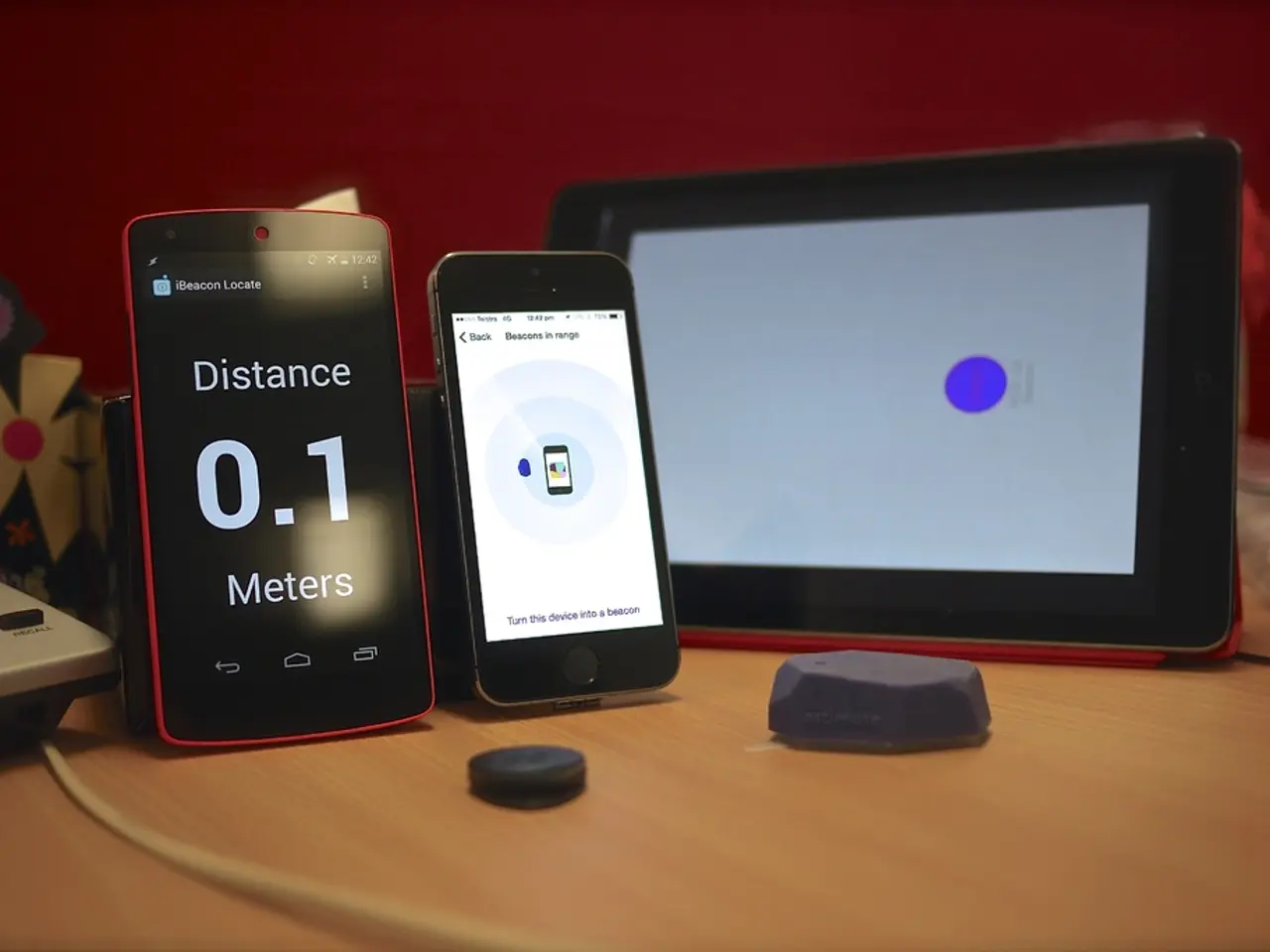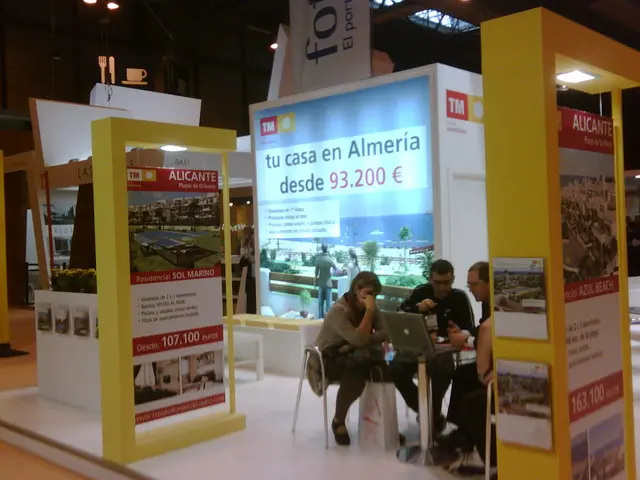Streamlined Google Phone app design expands device compatibility
In a significant move, the Google Phone app has received a major overhaul, focusing on a sleeker and more visually appealing design based on Google's Material 3 Expressive design language. The app's previous layout, featuring separate tabs for "Favorites," "Recents," "Contacts," and "Voicemail," has been replaced with a simpler three-tab setup: "Home," "Keypad," and "Voicemail."
The revamped "Home" tab now features a "Favourites bar" at the top, displaying your top contacts as circular icons for quicker access without the need to switch tabs. This change marks a departure from the traditional Favorites tab. Below the Favourites bar, the call history—previously under "Recents"—has been simplified, with each call now appearing as a separate chronological entry. This alteration may lead to a slightly cluttered list, but it aims to help users more easily track call patterns by providing clear information about when each call occurred.
The update also introduces gesture-based call controls and deeper contact integration, promoting a less cluttered and more expressive user experience, in line with the broader Android 16 design trends. However, the Favorites and Frequents lists, as users knew them, do not seem to exist as separate tabs anymore. Instead, Favorites have been integrated into the Home tab interface, and the traditional Frequents list appears to have been removed or absorbed by the new call log presentation.
The Google Account page on Android is also undergoing a visual refresh, while the Phone app's redesign is being gradually rolled out to more users. To fully enjoy the new features, it's essential to update Google Play services to version 25.25.33.
[1] Source: Android Police [2] Source: 9to5Google
- While the traditional tabs for 'Favorites' and 'Frequents' no longer exist as separate entities, the revamped 'Home' tab now includes 'Favorites' within its interface, providing quicker access to top contacts as circular icons.
- The update to the Google Phone app, which aligns with Android 16 design trends, also introduces 'gesture-based call controls' and showcases 'deeper contact integration', making the user experience less cluttered and more expressive, with 'smartphones' being the primary device to benefit from these changes.




